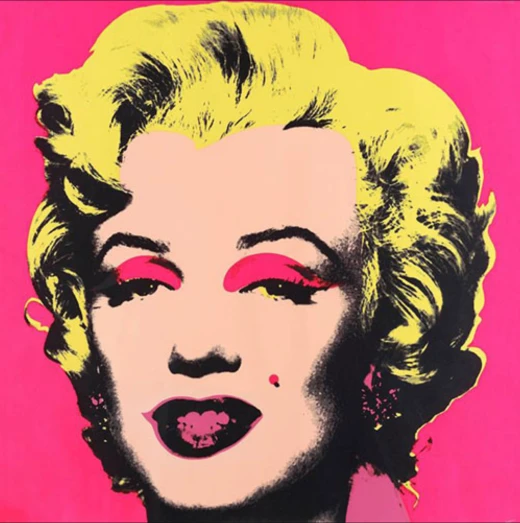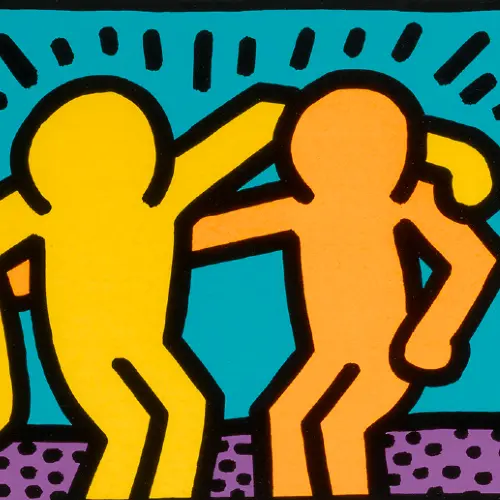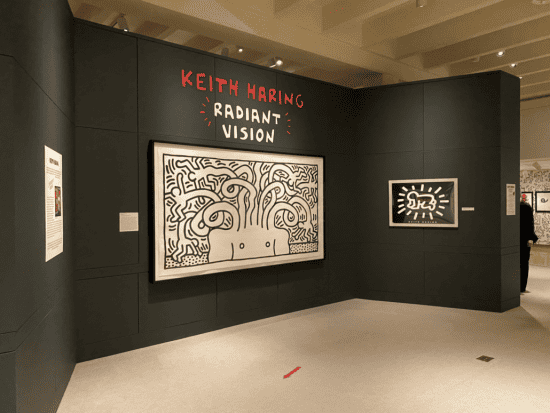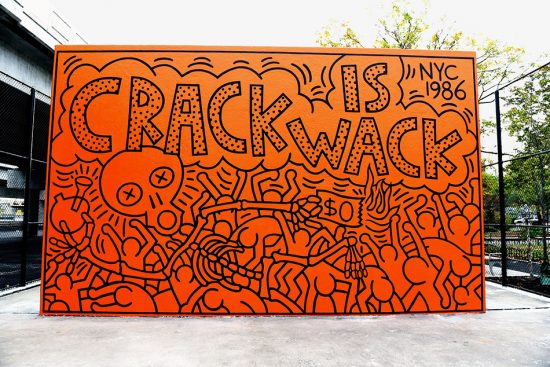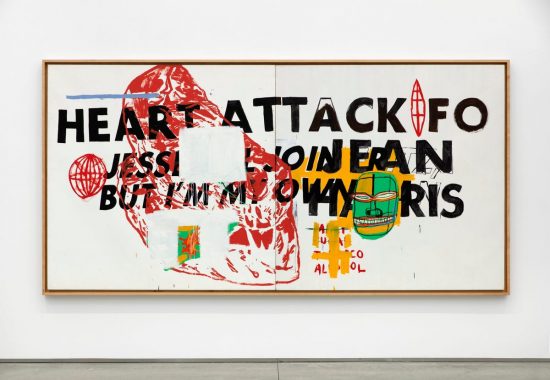The Tony Shafrazi Gallery, located in New York City, has long been regarded as a prominent and influential institution in the contemporary art world. With a rich history spanning several decades, the gallery has been at the forefront of showcasing groundbreaking and provocative works by both emerging and established artists. This essay will explore the history, significance, and impact of the Tony Shafrazi Gallery, highlighting its role in shaping the art scene in NYC and beyond.
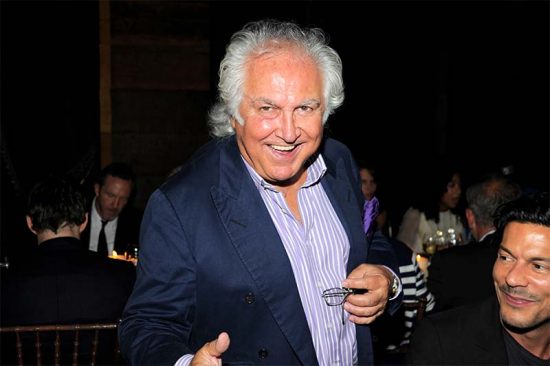
Established in 1984 by Tony Shafrazi, an esteemed art dealer and curator, the gallery quickly gained recognition for its cutting-edge exhibitions and commitment to showcasing art that challenged conventional norms. Shafrazi himself had an illustrious career, having worked closely with renowned artists such as Andy Warhol and Keith Haring. His deep understanding of contemporary art and his ability to identify and promote groundbreaking talent made the Tony Shafrazi Gallery a hub for artistic innovation.
Throughout its history, the Tony Shafrazi Gallery has hosted exhibitions that pushed the boundaries of artistic expression. From the early days, the gallery became associated with the emerging graffiti and street art movements, showcasing the works of artists like Jean-Michel Basquiat and Keith Haring. These artists, who were previously marginalized, found a platform at the gallery, propelling their careers and solidifying their place in art history.
The gallery's commitment to promoting bold and socially engaged art continued into the 1990s and beyond. It hosted exhibitions that tackled pressing issues such as racism, war, and environmental degradation. Artists like Jenny Holzer, Shirin Neshat, and Banksy found a home at the Tony Shafrazi Gallery, using their art as a means to confront and question societal norms. The gallery became a space for dialogue and reflection, challenging visitors to engage with pressing social and political issues.
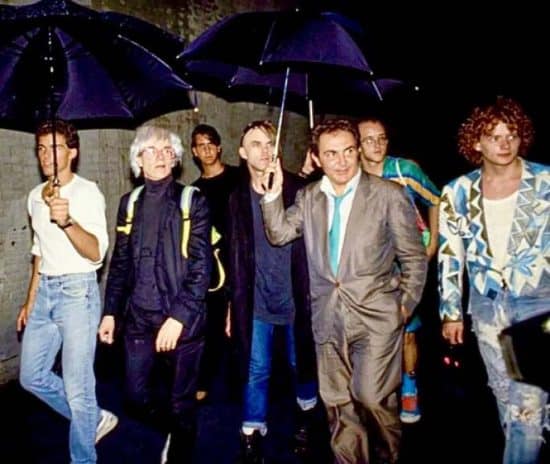
Beyond its exhibitions, the Tony Shafrazi Gallery played a pivotal role in facilitating collaborations and fostering artistic networks. It became a meeting place for artists, collectors, curators, and critics, providing a vibrant and dynamic environment for creative exchange. This collaborative spirit further propelled the gallery's reputation and cemented its position as a leading institution in the art world.
The impact of the Tony Shafrazi Gallery extended far beyond the confines of its physical space. Its exhibitions traveled internationally, reaching audiences around the globe and sparking conversations about contemporary art. The gallery's influence on popular culture cannot be overstated, as it played a crucial role in bringing underground movements into the mainstream and influencing subsequent generations of artists.
In recent years, the Tony Shafrazi Gallery has continued to evolve and adapt to the ever-changing art landscape. It has embraced new media and digital platforms, expanding its reach and engaging with a wider audience. The gallery's commitment to nurturing emerging talent remains unwavering, with a focus on supporting artists who challenge conventional modes of artistic production.
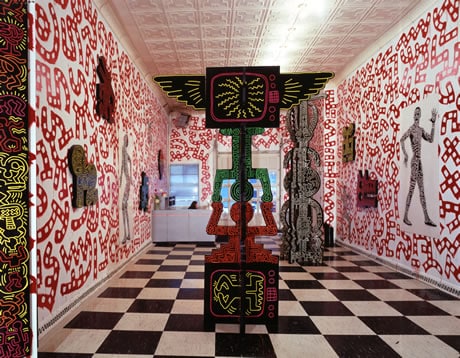
In conclusion, the Tony Shafrazi Gallery in New York City has played an instrumental role in shaping the contemporary art scene. Its commitment to showcasing innovative and thought-provoking works has made it a hub for artistic exploration and a catalyst for social change. Through its exhibitions, collaborations, and engagement with the public, the gallery has left an indelible mark on the art world, solidifying its place as a pioneering institution in the realm of contemporary art.

